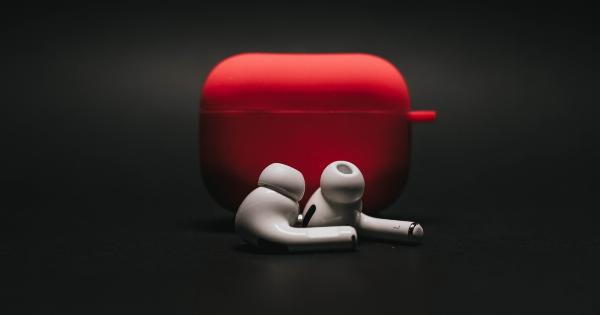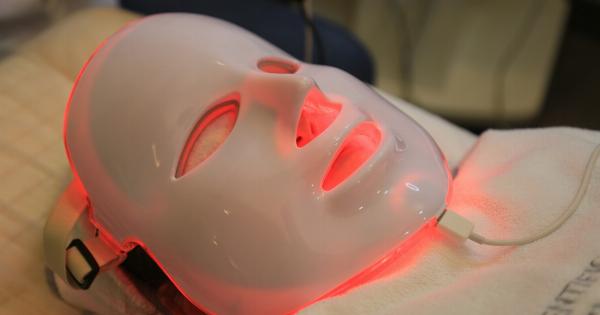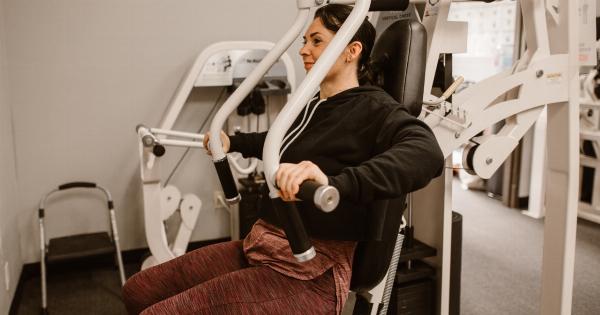When it comes to enhancing the appearance of our lips, there are various procedures available to help us achieve the desired look. Two popular options that individuals often consider are lip sculpting and liposuction.
These methods can help enhance the shape and fullness of the lips, but they differ in their technique and the results they offer. In this article, we will explore the differences between lip sculpting and liposuction and how to choose the right option for you.
What is Lip Sculpting?
Lip sculpting is a non-invasive cosmetic procedure that aims to enhance the shape, volume, and symmetry of the lips. This technique involves injecting dermal fillers into the lips to add volume and create a more youthful and contoured appearance.
Dermal fillers are composed of substances such as hyaluronic acid, collagen, or fat, which can be injected into specific areas of the lips to achieve the desired result.
The Procedure and Recovery
The process of lip sculpting usually takes about 30 minutes to an hour and can be performed in a dermatologist or plastic surgeon’s office. Before the procedure, a local or topical anesthetic may be applied to minimize any discomfort.
The filler is then injected into the lips using a fine needle, and the physician may massage the area to ensure an even distribution of the product.
After lip sculpting, it is common to experience some swelling, bruising, or redness around the injection site. These side effects typically subside within a few days.
The recovery time for lip sculpting is minimal, and most individuals can resume their daily activities immediately.
The Results and Longevity
The results of lip sculpting are usually visible immediately after the procedure, although there may be some initial swelling that can temporarily distort the final outcome.
Once the swelling subsides, the desired shape and fullness of the lips should be noticeable.
The longevity of lip sculpting results varies depending on the type of filler used. Hyaluronic acid fillers tend to last between six and 12 months before they gradually break down and are absorbed by the body.
Collagen fillers typically last three to four months, and fat injections may offer longer-lasting results but can be less predictable.
What is Liposuction?
Liposuction is a surgical procedure that aims to remove excess fat deposits from specific areas of the body, including the lips.
In the context of lip enhancement, liposuction is typically used on individuals with excessively large or disproportionate lips to reduce their size and create a more balanced appearance.
The Procedure and Recovery
Liposuction involves making small incisions in the corners of the mouth and using a small tube called a cannula to gently suction out excess fat from the lips.
This procedure is often performed under local or general anesthesia, depending on the individual’s preferences and the surgeon’s recommendations.
After liposuction, the individual may experience swelling, bruising, and discomfort, which can last for several days or weeks.
It is essential to follow the surgeon’s post-operative instructions, including wearing a compression garment if advised, to support the healing process and minimize swelling.
The Results and Longevity
Liposuction can significantly reduce the size of the lips, leading to a more balanced and harmonious facial appearance.
However, it is crucial to have realistic expectations and communicate your desired outcome with the surgeon to achieve satisfactory results.
The longevity of liposuction results in the lips can vary from person to person. Factors such as genetics, lifestyle, and weight fluctuations can influence the persistence of the outcomes.
It is essential to maintain a healthy lifestyle and weight to preserve the achieved lip contour.
Choosing Between Lip Sculpting and Liposuction
Deciding between lip sculpting and liposuction depends on various factors, including your desired outcome, preferences, and the advice of a qualified professional. To help you make an informed decision, consider the following:.
1. Desired Outcome:
If you are looking to add volume, shape, or symmetry to your lips, lip sculpting with dermal fillers may be the best option for you.
However, if your goal is to reduce the size of your lips and create balance with your facial features, liposuction may be more suitable.
2. Invasiveness:
Lip sculpting is a non-invasive procedure that does not require incisions or sutures. On the other hand, liposuction is a surgical procedure that involves small incisions.
If you prefer a non-surgical approach and minimal downtime, lip sculpting may be the better choice.
3. Recovery Time:
Lip sculpting typically has a shorter recovery time, allowing individuals to resume their daily activities immediately.
Liposuction, being a surgical procedure, requires a more extended recovery period, including limiting physical activities and following post-operative care instructions.
4. Longevity of Results:
If you prefer longer-lasting results, liposuction may be more suitable. Liposuction permanently removes excess fat cells from the lips, resulting in a long-term reduction in lip size.
Lip sculpting with fillers, on the other hand, offers temporary results that can last from a few months to a year, depending on the type of filler used.
5. Risks and Side Effects:
Both lip sculpting and liposuction carry certain risks and potential side effects. Lip sculpting can cause temporary swelling, bruising, or allergic reactions. Liposuction can result in swelling, bruising, infection, or uneven contouring.
It is vital to discuss these risks with your healthcare professional before making a decision.
Conclusion
Choosing between lip sculpting and liposuction is a personal decision that depends on your desired outcome, preferences, and consultation with a qualified professional.
Lip sculpting offers a non-invasive option to enhance the shape and fullness of the lips, while liposuction can reduce excessively large lips to create balance with facial features. Assessing the invasiveness, recovery time, longevity of results, and potential risks can help you make an informed decision that aligns with your goals and expectations.





























